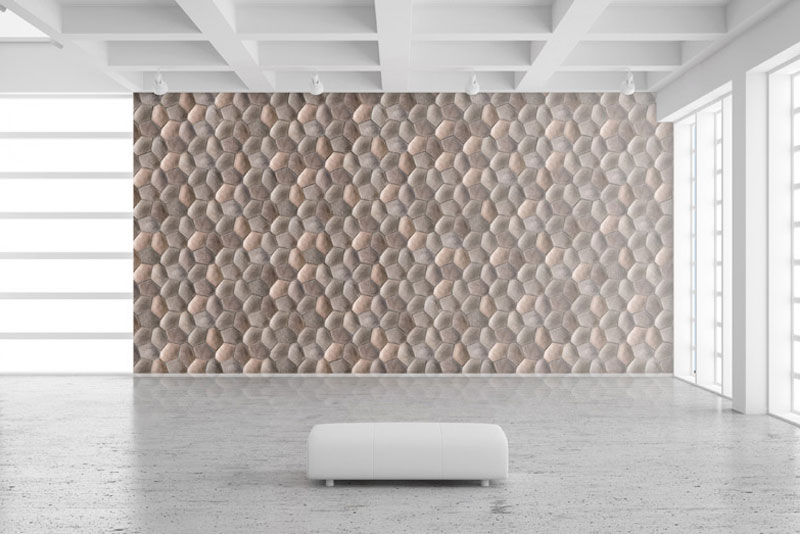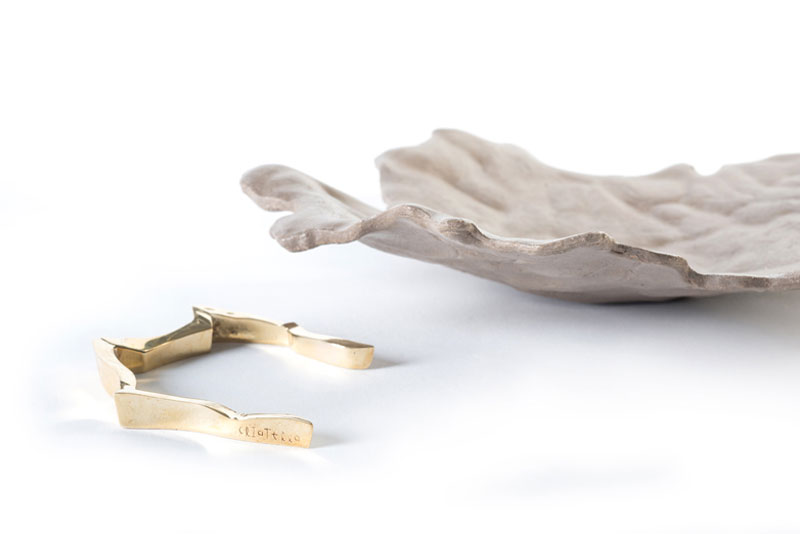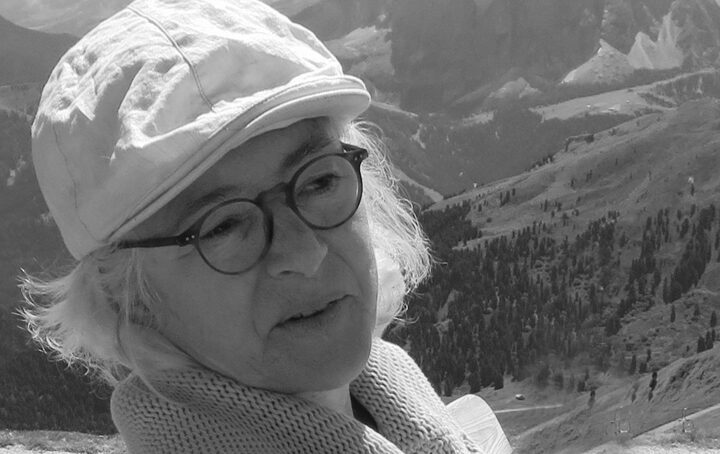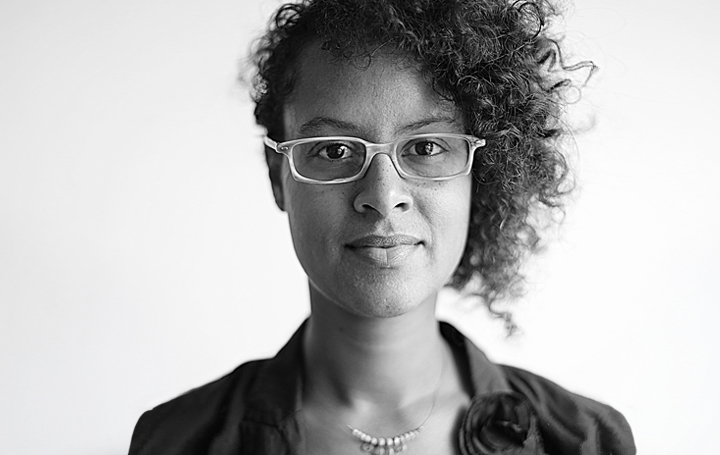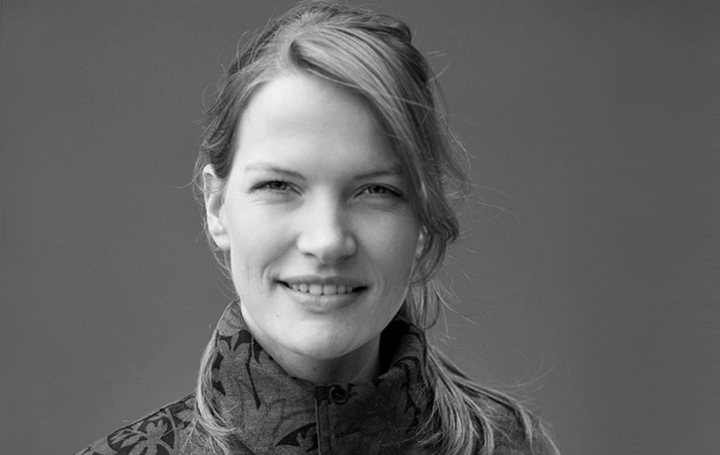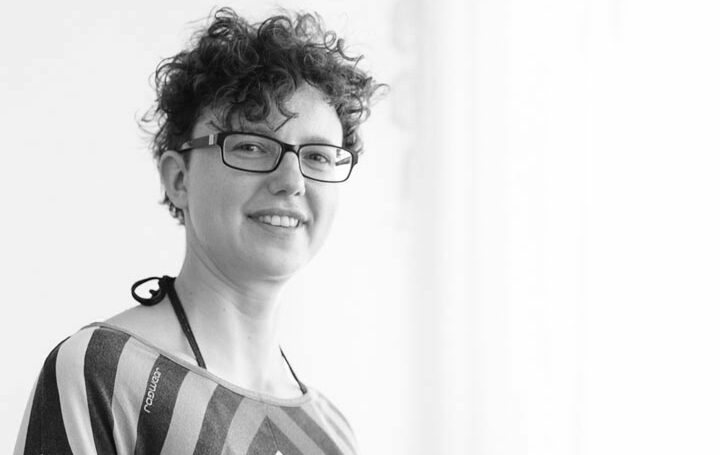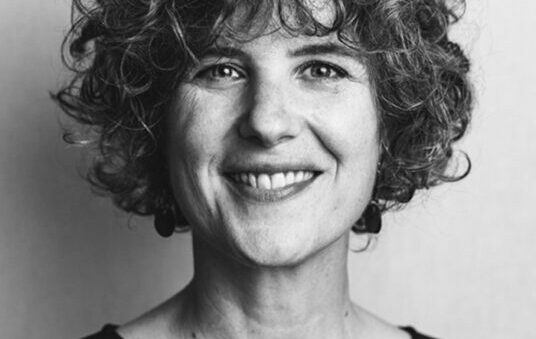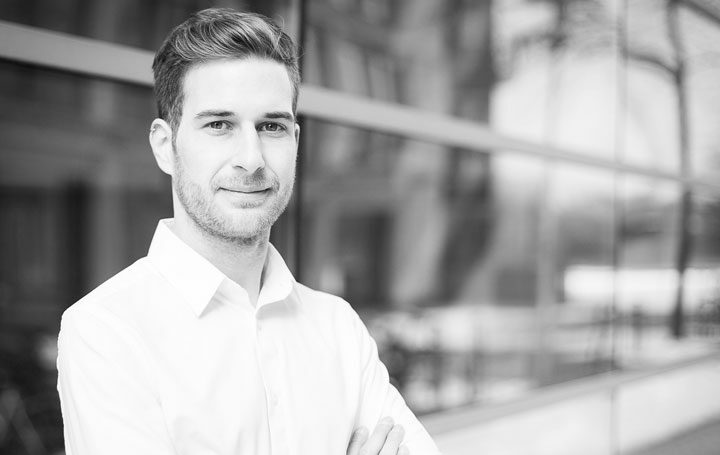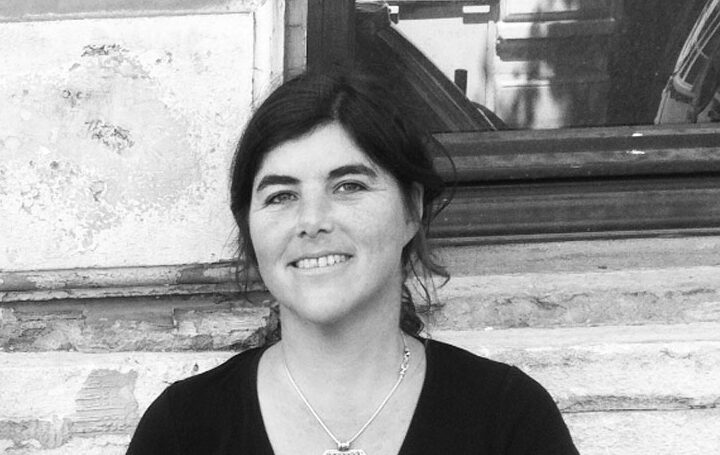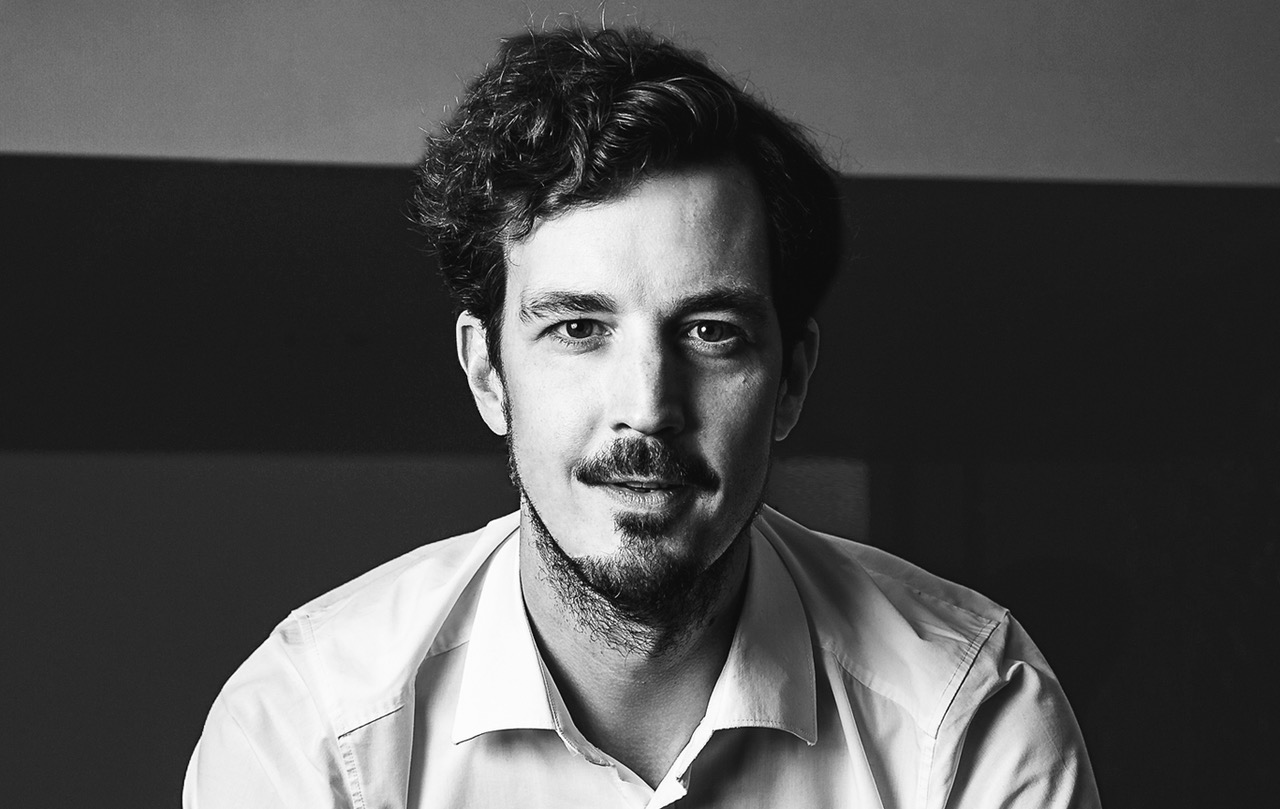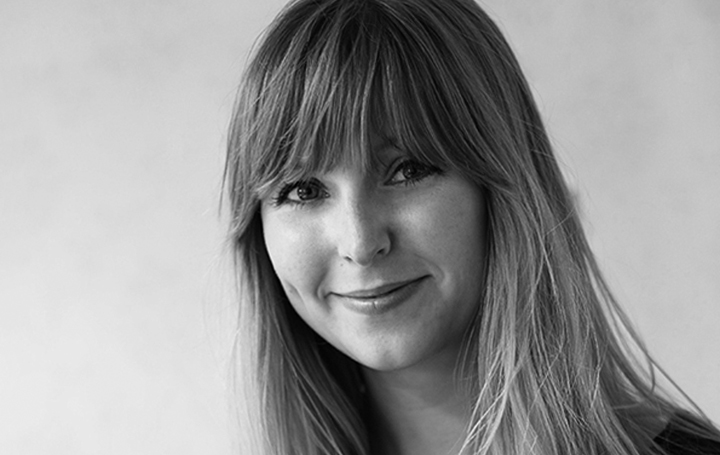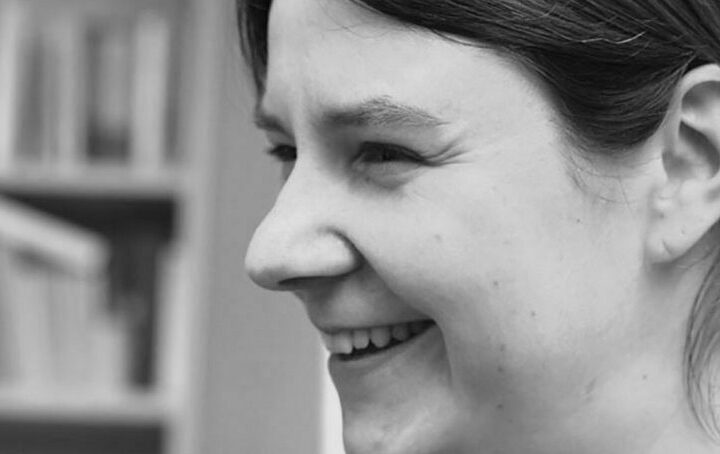Maria Paz Montecinos
12. Oktober 2016Pınar Öncel and Tuna Özçuhadar
19. Oktober 2016Profile
Adital Ela is a sustainability designer and entrepreneur incorporating indigenous knowledge into sustainable design. She dedicates her professional life to develop designs that can enable the realization of new and inviting life habits that can thoroughly reform the encounter between man, object and environment.
Founder and CEO of CRIATERRA, Sustainability design lecturer at the social-environmental design study program at the Faculty of Design at HIT, a TEDfellow.
See Adital’s TEDtalk about the first phase of the research and a visit to Adital’s studio.
A cup of chai inspired my 100% sustainable designs. Here’s how.
I remember the moment I knew what my life’s work would be. I was traveling in rural India, and my bus had stopped in the middle of nowhere, next to a very humble chai vendor. I got off the bus and bought some chai, feeling hesitant to drink from his funny clay cups. Still, I was absolutely fascinated by the way the locals gulped down this delicious hot beverage — then tossed the empty cup onto the ground, as if it were the most natural thing to do.
Turns out, it was! The cups, made from sun-dried clay, blended back into the earth again within minutes. In this moment, I knew that all I’d ever studied about sustainable design paled in front of this ingenious invention. I had to find a way to make contemporary industrial products to come from dust, so that they could be returned to dust — just like these magical cups.
For more than ten years, the idea haunted me. I searched everywhere for techniques that might take me there, but I had to be patient. Then, one day, I found my next inspiration: an image of women in India creating soil surfaces — handmade from earth and natural fibres — to be used for wall-mounted furniture. I also began researching ancient Middle Eastern techniques of building with soil — practiced in Persia, Iraq, Palestine. I traveled to those countries to collect the appropriate materials.
Having been trained as an industrial designer, I now found myself evolving into a designer-gatherer — exploring ancient techniques, mixing them with contemporary ones, and coming up with old-new materials and methods to create a future of truly organic products. Everything began falling into place, and I was invited to present my work at the Design Museum Holon, where I would produce my very first stools made of earth.
When my father saw my work in preparation for this exhibition, he said, “You know, your grandmother used to build ovens from earth in Iraq.” That’s how I found out that my family had lived in an earth house—and I heard, for the first time, stories of how my aunts used to help my grandmother renew the coating of their home every few weeks. This traditional technique requires plastering the outer walls of the home with mixtures of local earth and sand or limestone, whenever the coatings deteriorate due to exposure to sun and rain. It was, of course, the women’s task to replaster the entire home by hand.

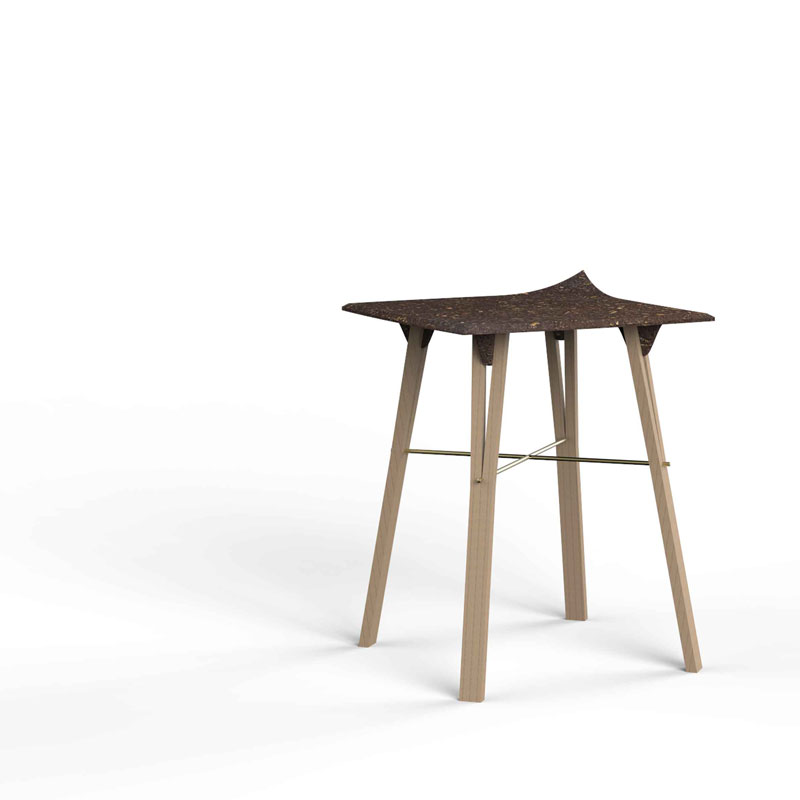
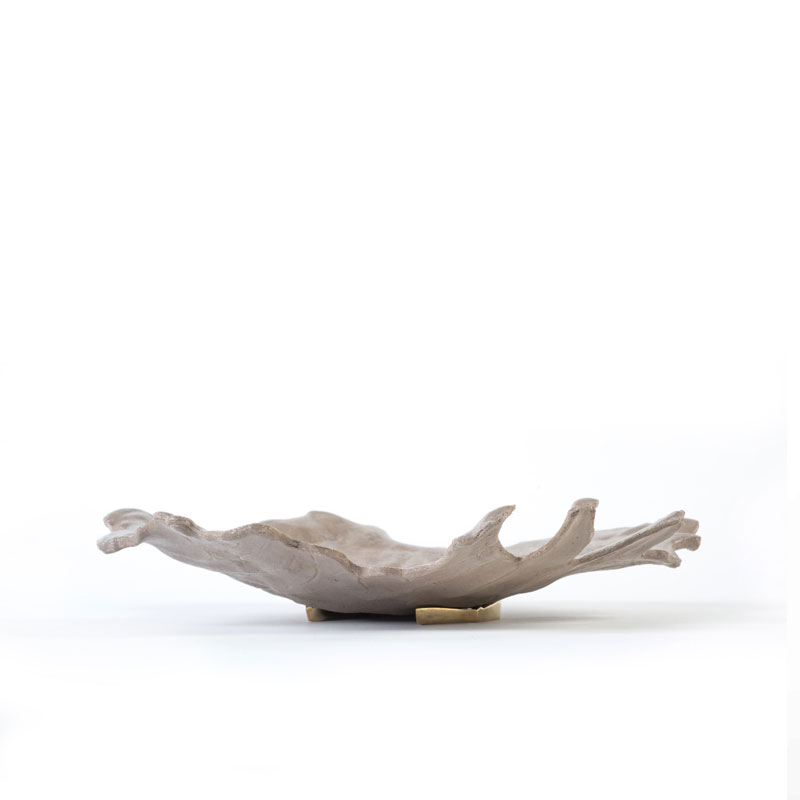
I was floored. Here I was working on this project feeling I was bridging ancient history, when this knowledge was right here in my family, a single generation away!
So what’s the difference between what my grandmother did back then and what I do today? Through my company CRIATERRA, I’ve created a material, technology and production process that allow the mass production of deeply sustainable products that are literally made from dust, and will return to dust as nutrients. My very first earth stools took several days to produce — very much like my grandmother’s oven. But three years of R&D and 1,000 lab-tested material samples later, our current products are manufactured in 8 minutes!
It was a long and systematic process that required tons of determination, as the core aim of our R&D was to enhance the properties of natural resources via a chemical process to allow them to replicate what cement does. CRIATERRA’s products hold the compressive strength of concrete, yet they are 100% natural, 100% degradable and recyclable. They create 2% of the environmental impact and 0.1% of the emissions of fired clay. They are made up of 70% remains from industrial diggings, and promote zero-impact local production in a circular economy.
We’re now establishing our first industrial production line, which should be ready in 3 or 4 months. Our first collection includes furnishings and decorative products, such as tiles and side tables. We also produce Earth Pieces, ornamental bowls that are designed by the natural flow of earth using a unique process. (See video above.) But furnishings are just the beginning. I see great potential for this material in the green building industry, where it may be used to create both interior and exterior structural products.
Today, 15 years after my magical chai moment, I can easily see this journey extending for at least another 15 years. We are only starting to unveil the potential of these incredible technologies. I truly believe that the key to a deeply sustainable circular economy is by enhancing the natural capacity of ancient indigenous methods and materials with up-to-date science and technology. From dust we create, to dust we shall return.
